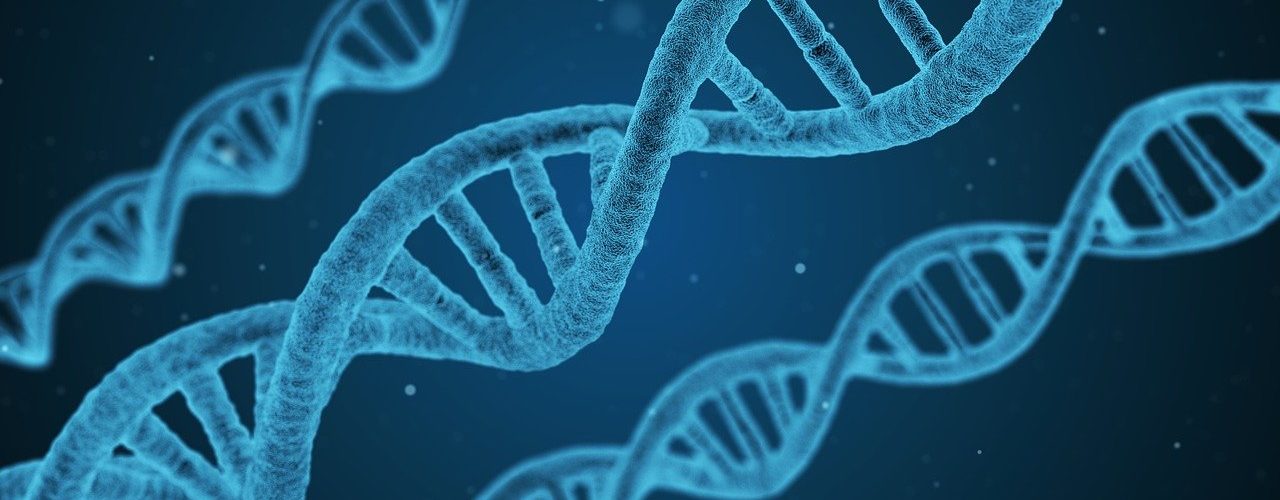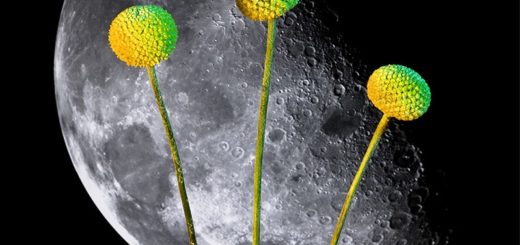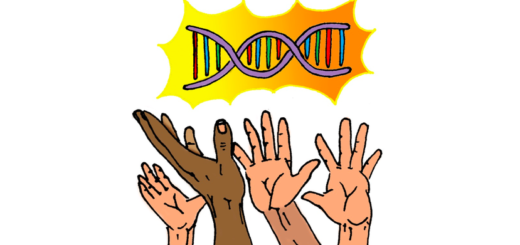Yamanaka factors…the key to the fountain of youth?

Not only do our bodies as a whole age, but each individual cell ages too. At its core, cell rejuvenation therapy aims to reset individual cells into their unaged state. Scientists in a number of research groups including those at Harvard Medical School, Stanford University and the Salk Institute have all found that using a cocktail of molecules, known as “Yamanaka factors”, it is possible to undo the ageing of cells, and thus the unwanted effects of ageing.
As our cells age, they acquire more mutations and epigenetic markers, which are modifications to DNA dictating if the gene is turned on or off [1]. It has been found that Yamanaka factors Oct4, Sox2, Klf4 and cMyc, can act on cells and essentially reset the DNA to its original pattern, getting rid of epigenetic markers, and turning back the biological clock of these cells and reverting them back into their younger state[2]. It’s a fine line between turning back the cells far enough that they become ‘younger’ but retain their cell type and function, but not so far back that they turn into induced pluripotent stem cells[3], which are useful in some personalised medicine settings[4] but undesirable here.
This all sounds exciting, but does it actually work? The most recent study from the Salk Institute in San Diego, headed by Izpisua Belmonte, has put this theory into practice, testing variations of this cell treatment on mice. They established that the mice who underwent treatment resembled younger animals both physically, in the kidneys and skin, and at a sub-cellular level in the DNA and epigenetic markers2. No adverse side effects such as cancer, neurological changes or behavioural changes were observed in these animals, further implying a potential use for this technique in therapy.
This therapy is not a cure for mortality and should be considered as a way to improve health, rather than a way to live forever. Much more research is required before human trials can take place, and scientists are unsure if this treatment will ever make it to use in clinics. The recent studies are a step in the right direction; but don’t throw away your face cream just yet.
Edited by Liam Butler
Copy-edited by Claire Thomson
[1] https://medlineplus.gov/genetics/understanding/howgeneswork/epigenome/
[2] https://www.salk.edu/news-release/cellular-rejuvenation-therapy-safely-reverses-signs-of-aging-in-mice/
[3] https://med.stanford.edu/news/all-news/2020/03/old-human-cells-rejuvenated-with-stem-cell-technology.html
[4] https://stemcell.ucla.edu/induced-pluripotent-stem-cells







